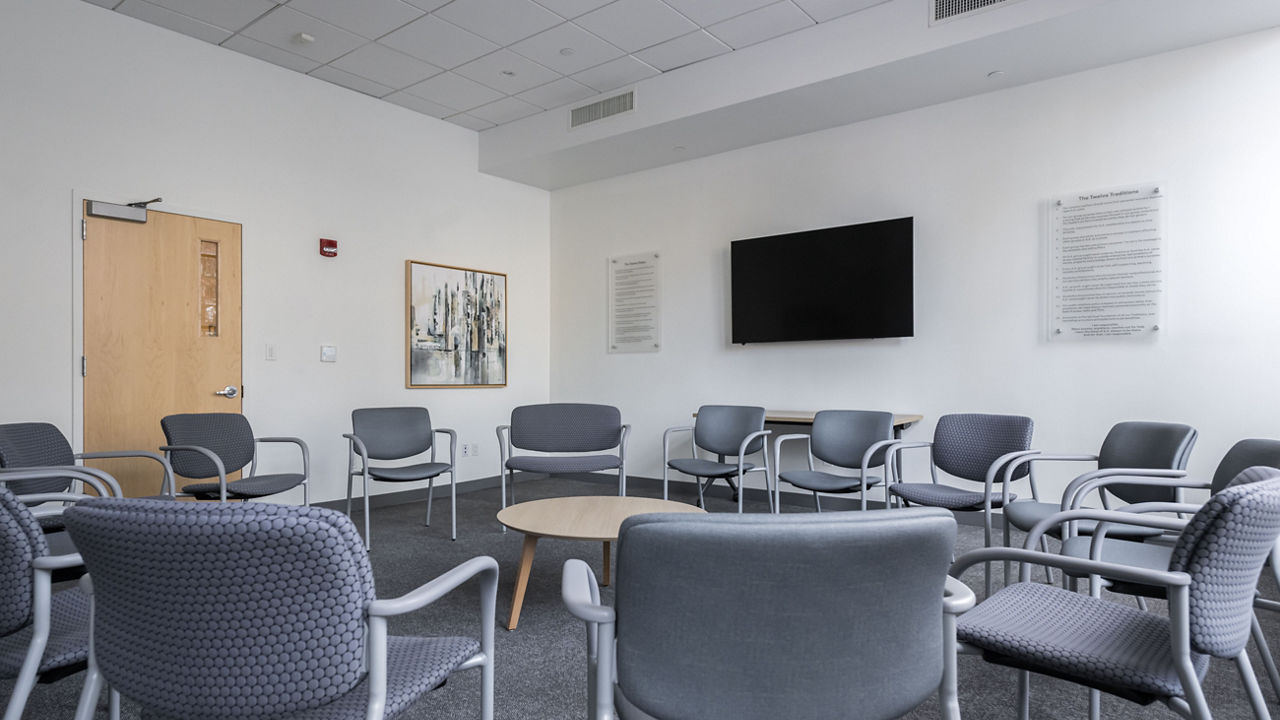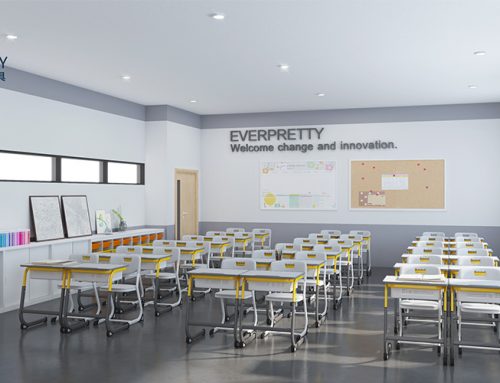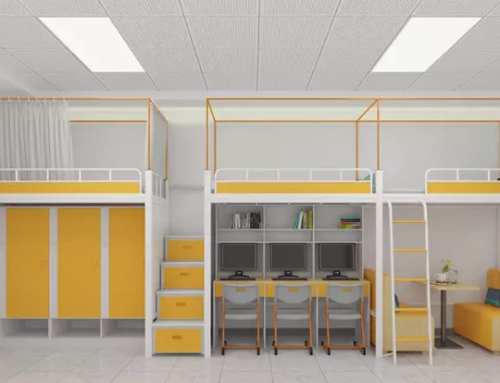When considering classroom furniture, there are several factors to take into account to ensure that the materials chosen are suitable for the educational environment. The materials should be durable, functional, and able to withstand the daily wear and tear that comes with classroom use.
One popular material choice for classroom furniture is wood. Wood is not only aesthetically pleasing with its natural beauty, but it is also highly durable. It can withstand the constant movement and use that occurs in a classroom setting. Additionally, wooden furniture provides a warm and inviting atmosphere, creating a comfortable learning environment.
Another option to consider is metal furniture. Metal is known for its strength and longevity. It can withstand heavy use and is highly resistant to damage. Metal chairs and desks are often stackable, making them convenient for storage and rearrangement in the classroom. This flexibility allows for easy adaptation to different classroom setups.
For those looking for lightweight and affordable options, plastic furniture is a practical choice. Plastic furniture is easy to clean and maintain, which is crucial in a busy classroom. It is also available in a variety of colors and styles, allowing for customization and creating a vibrant learning environment. Despite its lightweight nature, plastic furniture can still be sturdy and durable.
Laminate furniture offers a combination of durability and aesthetics. It consists of a thin layer of synthetic material applied to a core material, such as wood or particleboard. Laminate surfaces are resistant to scratches, stains, and heat, making them suitable for classroom use. This material is a great choice for those looking for furniture that is both visually appealing and long-lasting.
Lastly, polypropylene furniture is known for its durability and versatility. It is resistant to moisture, stains, and fading, making it ideal for classrooms where spills and accidents may occur. Polypropylene chairs and tables are lightweight, stackable, and easy to maintain. This material is a suitable option for classrooms that require furniture that can withstand heavy use and potential mishaps.
When selecting the material for classroom furniture, it is important to consider factors such as comfort, safety, and budget. Ergonomics should also be prioritized to ensure that students can sit and work comfortably for extended periods of time. By carefully considering these factors, educators can choose the best materials for their classroom furniture needs.





Leave A Comment